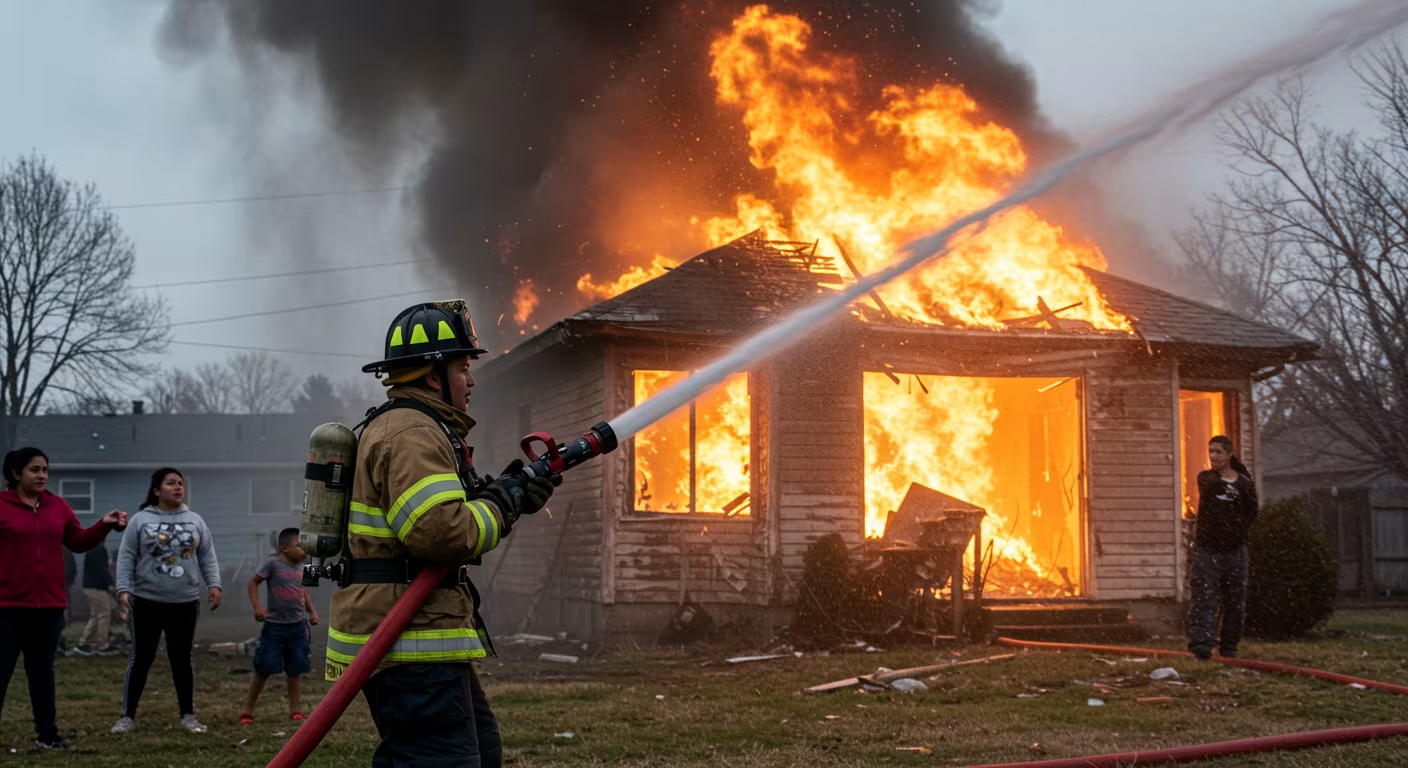In recent years, the workplace has been defined by new cultural phrases—“quiet quitting,” “rage applying,” and “career cushioning.” Each term captured a generational shift in how employees respond to stress and expectations. Now, a new phrase is entering the conversation: “quiet cracking.” Unlike quiet quitting, which implies disengagement, quiet cracking describes something far more troubling—the silent breaking point workers experience when the weight of exhaustion, pressure, and emotional strain becomes too much to bear.
Quiet cracking isn’t always visible to managers or colleagues. On the surface, employees may continue to show up, hit deadlines, and respond to emails. But beneath the surface, many are unraveling. They’re pushing through fatigue, struggling with mental health, and carrying emotional weight that doesn’t appear in performance metrics. To better understand this phenomenon, five workers shared their personal experiences of what quiet cracking looks like in their lives.
One employee described the sheer physical exhaustion that came with nonstop work demands. After months of covering for vacant positions on her team, she found herself waking up already tired and going to bed with headaches that never seemed to end. “I wasn’t just tired,” she explained. “It was like my body was giving up on me. Even coffee stopped working. I felt like I was sleepwalking through the day, but I couldn’t stop because there was always more work waiting.” Her experience highlights one of the hallmarks of quiet cracking: fatigue so deep it becomes a constant state of being.
For another worker, the symptoms took the form of flashbacks and intrusive thoughts. After a particularly harsh round of layoffs at her company, she began reliving the moment she learned her close colleagues had been let go. “I kept hearing the HR manager’s voice in my head, telling them they were done,” she said. “It haunted me at night, and sometimes in the middle of meetings, I would zone out because it was like I was right back in that moment.” For her, quiet cracking wasn’t just about workload—it was about the trauma of uncertainty and loss, compounded by the pressure to carry on as if nothing had changed.
Another worker shared how commuting became an unexpected space for emotional release. “Every morning and evening, I cried in my car,” he admitted. “I didn’t cry at home because I didn’t want my family to worry, and I didn’t cry at work because I had to keep it together. So the commute became my breakdown time. I’d wipe my eyes in the parking lot before walking into the office.” His story underscores how quiet cracking often happens in private, hidden from others, even as individuals struggle to hold themselves together publicly.
A fourth employee said the experience manifested as a creeping sense of detachment from everything she once cared about. “I loved my job when I started, but slowly it became just another weight on my chest. Even things outside of work—hobbies, friendships—started to feel empty. It was like life lost its color.” She continued working, never missing deadlines, but inside, she felt like she was fading. Her description reveals how quiet cracking can blur the line between professional stress and personal identity, leaving people feeling hollow.
The fifth worker described what he called a cycle of collapse and recovery. “Every few weeks, I’d break down—crying, shaking, overwhelmed. Then I’d take a weekend to sleep and recover just enough to do it all over again. No one at work knew, because I kept delivering. But inside, I knew I was falling apart in slow motion.” His experience illustrates the cyclical nature of quiet cracking, where individuals push themselves to breaking points, recover just enough, and repeat the cycle without addressing the deeper issues.
Taken together, these accounts paint a sobering picture of what quiet cracking looks like. Unlike burnout, which often culminates in stepping back from work, quiet cracking is the silent endurance of pain. It’s the unwillingness—or inability—to stop, even as the cost becomes unbearable. Many workers experiencing it continue to meet expectations, which makes the issue invisible to managers until it escalates into health crises, resignations, or disengagement.
The phenomenon also raises questions for employers about how to recognize and address quiet cracking. Fatigue, flashbacks, and emotional breakdowns are not signs of weakness—they are indicators of unsustainable environments. Companies must take responsibility for workload management, psychological safety, and mental health resources if they want to prevent employees from silently breaking under pressure. For employees, acknowledging the signs in themselves and others can be a first step toward seeking support.
Quiet cracking reflects a broader truth about modern work: the pressure to perform has not diminished, even as flexibility and remote opportunities have grown. Workers may be leaving offices earlier, working from home, or embracing hybrid models, but many still feel trapped by constant demands and emotional strain. Pretending to be fine, while privately falling apart, is becoming a silent crisis.
The workers who shared their stories remind us that productivity numbers and polished presentations don’t tell the full story of employee well-being. Beneath the surface, fatigue, flashbacks, and tears on commutes are evidence of a workforce quietly carrying more than they can sustain. Recognizing this reality—and talking about it openly—may be the first step toward a healthier, more honest future of work.





